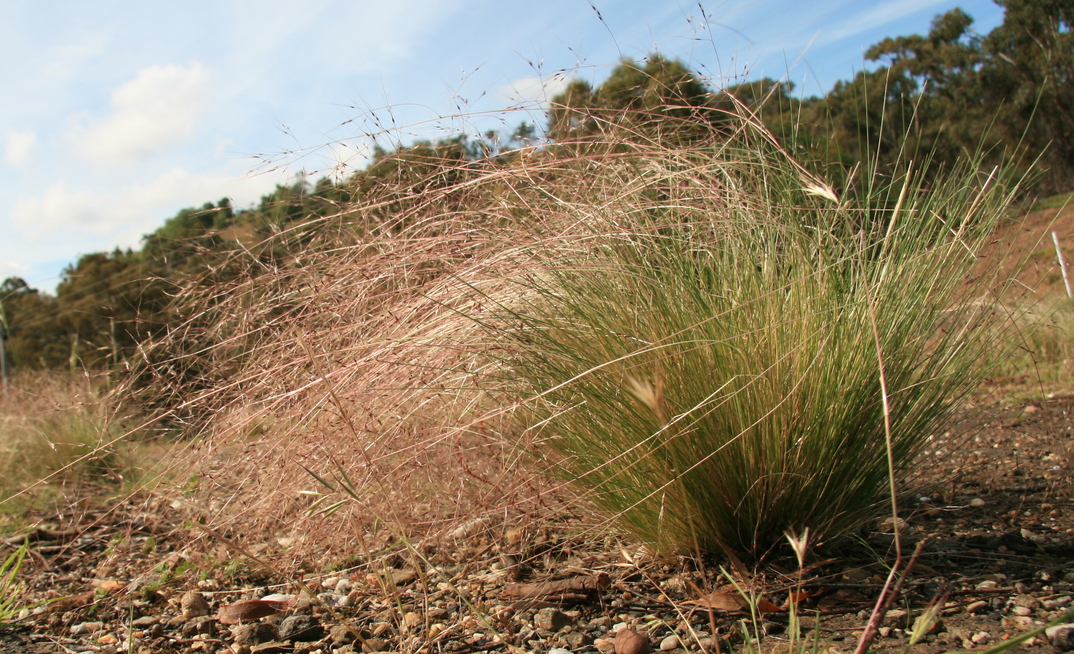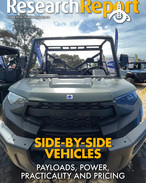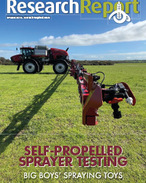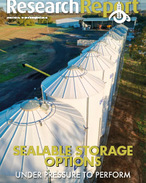PREVENTING serrated tussock from establishing on a property is the best method of control and is best done prior to seeding. The majority of serrated tussock plants will now have seed present, unless already controlled. These plants should be removed to prevent further spread.
The Victorian Serrated Tussock Working Party (VSTWP) is asking landholders with seeding serrated tussock to make reasonable efforts to reduce seed spread to neighbouring areas, as serrated tussock seeds will blow in the wind late spring.
As serrated tussock is readily spread by wind, and to a lesser extent, spread by vehicles, machinery, stock, people and water, it is important to have procedures in place that will help reduce its spread.
Removing the seedhead via slashing or mechanical removal is the only way to ensure the seeds do not blow in the wind over the coming weeks, spreading to neighbouring properties.
YOU MIGHT ALSO LIKE
General property hygiene procedures will reduce serrated tussock, and other weeds, from entering or leaving a property.
Useful strategies to reduce spread include:
- learn to correctly identify serrated tussock.
- ensure plants are treated prior to seeding, or are slashed before seeds dislodge.
- identify high risk areas of spread onto and within the property and regularly monitor these areas. For example, fence lines, stock yards and holding paddocks.
- control serrated tussock as soon as it is found.
- consider using vendor declarations for buying and selling stock feed, or anything that could be contaminated with seed.
- do not harvest pasture, grain or fodder crops while serrated tussock is in seed.
- do not allow contractors on site unless they are clean and free from serrated tussock seed.
- consider using contractors who have a history of being weed-aware.
Community Engagement Officer with the VSTWP, Ivan Carter, said: "in all situations, make it a priority to control serrated tussock before flowering.
"If flowering, or seed-set, has occurred, avoid working in infested areas until serrated tussock has been controlled or removed.
"Stock can spread serrated tussock by transporting seed attached to the coat or by mud in animal hooves or by eating the plant while in seed, then excreting viable seed," Carter added.
"It's believed serrated tussock now covers more than 250,000ha of land in Victoria. Large infestations require ongoing management and the integration of a number of control techniques to prevent seeding and further spread across the landscape," he said.
For further information, visit www.serratedtussock.com, or contact the VSTWP on info@serratedtussock.com.
























